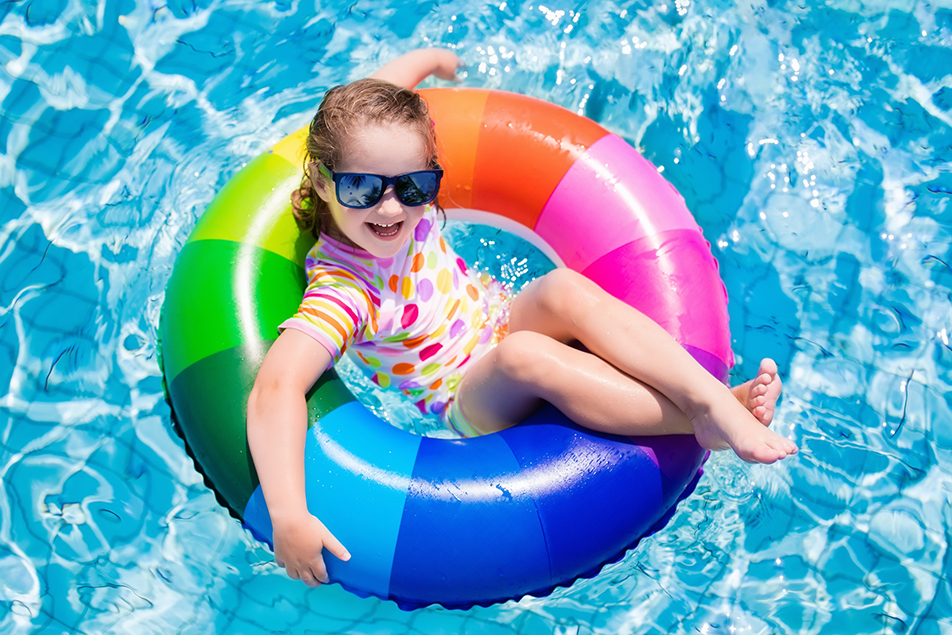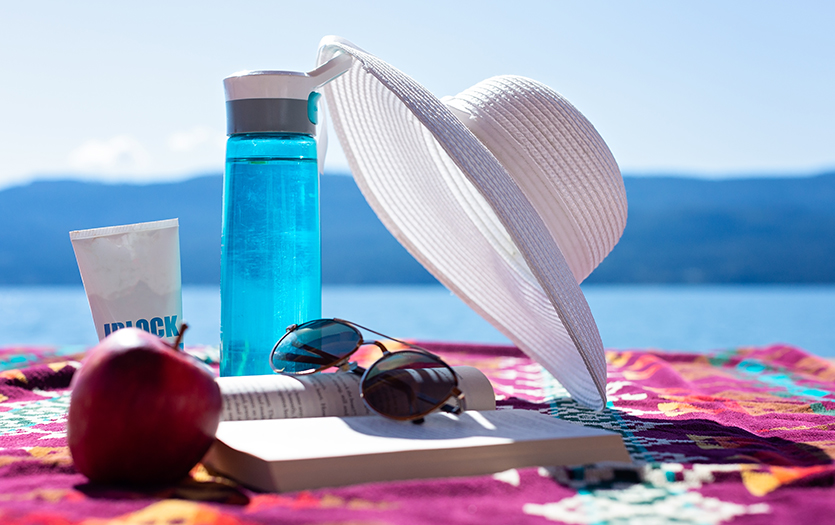
Although it feels like summer is coming to a close, we still have several weeks of warm weather ahead of us. Certified child life specialists Megan Kariger, MS, CCLS, Jalyssa Kessler, BA, CCLS, CPST, and Molly Gerke, BS, CCLS, have some important tips for water safety to close out the season.
A lot of us are spending our free time and weekends outside around pools or lakes. At Parkview, we often see children suffering from water-related injuries or near-drownings. As certified child life specialists, one of our roles is to provide education to pediatric patients, their families and the community on local dangers and how to help prevent an emergency.
According to Safe Kids, the majority of infant drowning deaths happen in bathtubs or large buckets. The leading cause of death under the category of preventable injuries for 1-4 year olds is drowning. On the other hand, children five years and older are more at risk of drowning in natural water, such as a lake, river or pond.
Here are some tips on how to respond during a water emergency, and what steps you can take whether you are at home, at the pool or at a natural body of water, to keep your children safe.
Know how to respond to a water emergency
General water safety
- If someone is missing, check the water first.
- Reach or throw, don’t go.
- Know how and when to call 9-1-1 or the local emergency number.
- Enroll in Red Cross water safety, first aid and CPR courses.
- Never leave your child unattended around water. Babies can drown in as little as one inch of water.
- Watch kids when they are in or around water, without being distracted. Keep young children within arm’s reach of an adult.
Home and backyard water play
- Remove water from bathtubs and buckets after use.
- Once bath time is over, immediately drain the tub.
- Empty buckets, containers and kiddie pools immediately after use. Store them upside down so they don't collect water.
- Close toilet lids and use toilet seat locks to prevent drowning.
- Keep doors to bathrooms and laundry rooms closed.
Backyard pools, ponds and oceans
- Watch kids when they are in or around water, without being distracted. Keep young children within arm’s reach of an adult. Make sure older children swim with a partner every time.
- When children are swimming and there are several adults present, make sure kids are actively supervised at all times by choosing a “Water Watcher”. A Water Watcher is a responsible adult who agrees to watch the kids in the water without distractions. After a certain amount of time (such as 15-minutes), the Water Watcher can pass the responsibility onto the next active supervisor.
- Install fences around home pools. A pool fence should surround all sides of the pool and be at least four feet tall with self-closing and self-latching gates.
- Teach children how to swim. Every child is different, so enroll children in swim lessons when they are ready. Consider their age, development and how often they are around water.
- If your pool has a cover, make sure to always open it all the way and close it all the way. When opening and closing the cover, double check that there is nothing and no one underneath it.
- Make sure kids learn how to swim and develop these five water survival skills:
- Step or jump into water over their heads and return to the surface
- Float or tread water for one minute
- Turn around in a full circle and find an exit
- Swim 25 yards to exit the water
- ?Exit the water, with and without a ladder



